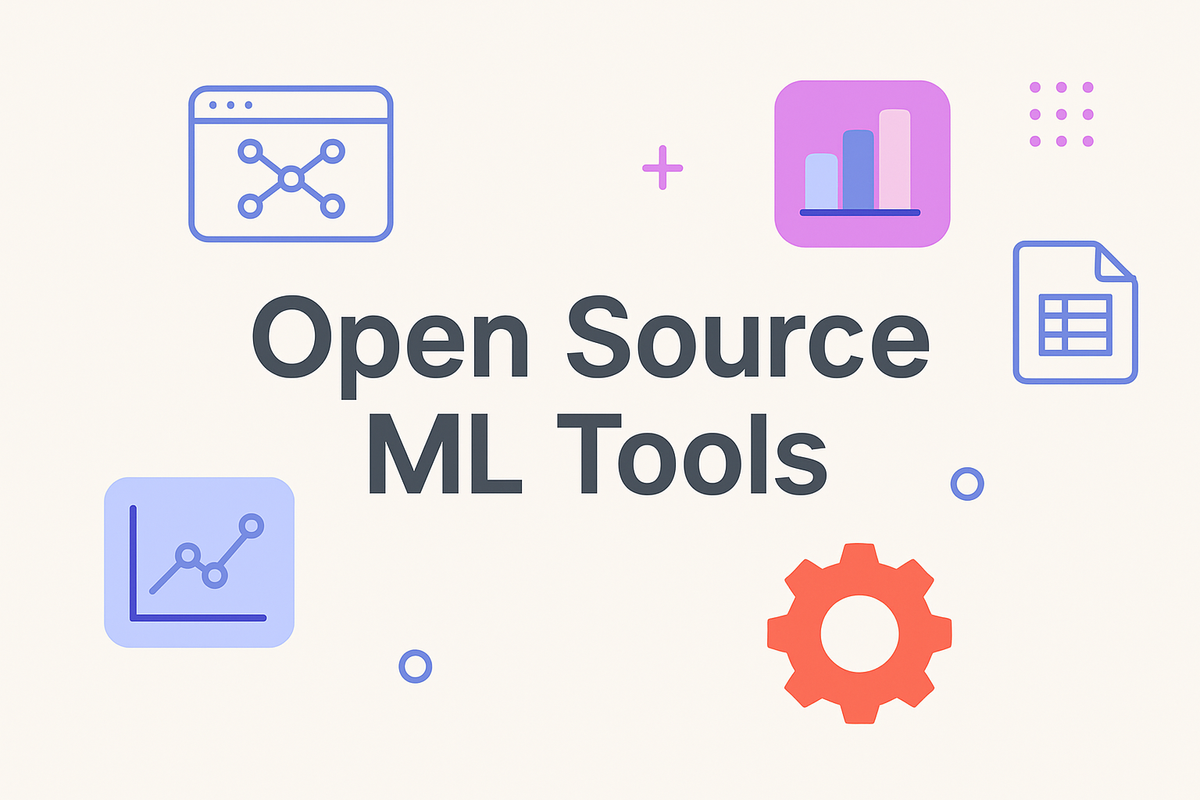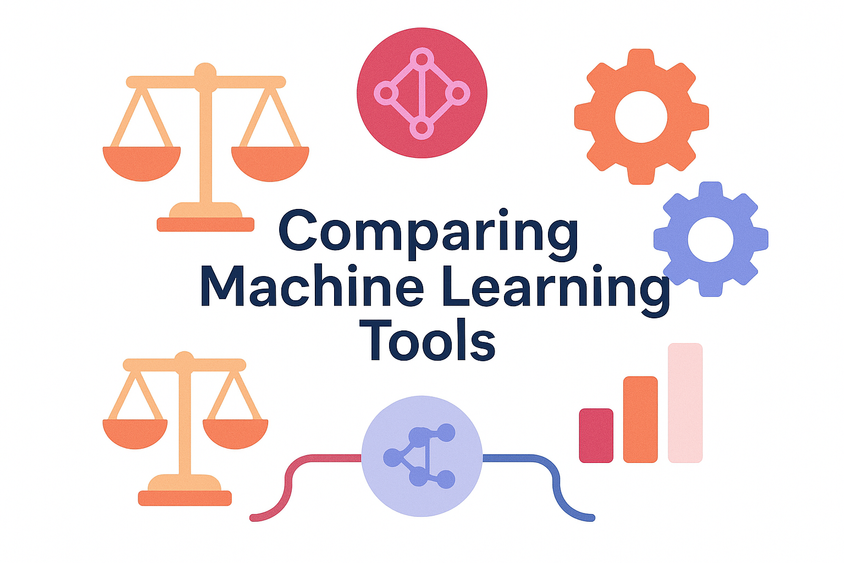Why Open Source ML Tools Still Power the Most Innovative AI Projects

The Open Source Advantage in Machine Learning
Open source tools have shaped the foundations of modern machine learning. From training and evaluating models to managing data pipelines and deployments, open source frameworks continue to serve as the backbone of innovation across research and production environments.
Why? Because open source gives ML teams what they need most: flexibility, visibility, and a robust community.
Key Benefits of Open Source ML Tools
1. Transparency and Trust
Open source projects make their code publicly available, allowing teams to inspect how algorithms work, audit data handling processes, and better understand performance limitations. This transparency is especially critical for safety- or fairness-sensitive applications in healthcare, finance, and legal tech.
2. Customization and Extensibility
When you’re not locked into a vendor’s roadmap or feature set, you can tailor your ML infrastructure to your specific needs. Want to plug in a custom loss function, extend a pre-built model architecture, or adapt data labeling workflows? Open source makes that possible.
3. Community-Driven Innovation
Many open source ML tools are developed and maintained by vibrant communities of researchers and practitioners. This rapid pace of collaborative development leads to cutting-edge features, frequent bug fixes, and robust plugin ecosystems.
4. Cost Efficiency
With no licensing fees and lower long-term costs, open source ML tools help startups and enterprise teams alike focus their budgets on data acquisition, compute resources, and domain expertise, areas that truly impact model performance.
Popular Categories of Open Source ML Tools
While there are hundreds of specialized tools, most open source ML infrastructure falls into a few core categories:
- Modeling and Training: Libraries like PyTorch and TensorFlow dominate here, offering flexible ways to build and train deep learning models.
- Data Processing and Pipelines: Tools like Apache Airflow, DVC, or Prefect help manage complex workflows and version datasets.
- Experiment Tracking and Reproducibility: MLflow, Weights & Biases (with open components), and Sacred support rigorous experimentation.
- Annotation and Labeling: Tools like Label Studio allow teams to build high-quality training data with human oversight.
- Evaluation and Benchmarking: OpenEval, EleutherEval, and other community tools help compare model performance in a transparent, reproducible way.
Open Source Doesn’t Mean Low Support
One concern teams sometimes have is whether open source tools offer enough support. But with strong community forums, Slack groups, GitHub discussions, and commercial options built on open foundations, many projects provide robust documentation and enterprise-grade service when needed.
Platforms like Label Studio are a good example—open source at the core, but with enterprise features and services available for teams that need advanced controls and integrations.
Choosing the Right Stack
The best ML stack often includes a mix of open source tools and custom components. When evaluating what’s right for your team, ask:
- How much flexibility do you need?
- Do you have the engineering capacity to extend or maintain open source tools?
- Would commercial support for critical components help mitigate risk?
If you’re building or optimizing your ML toolchain, check out our complete guide to ML tools and integrations to explore more categories, platforms, and best practices.
Conclusion:
Open source ML tools remain foundational to fast-moving, high-impact AI development. Whether you're experimenting with new model architectures or refining production workflows, the ability to inspect, adapt, and extend your toolset is a competitive advantage.
Want to see how an open source labeling tool can improve your ML workflow? Explore Label Studio or learn more about how it fits into your ML toolchain.

